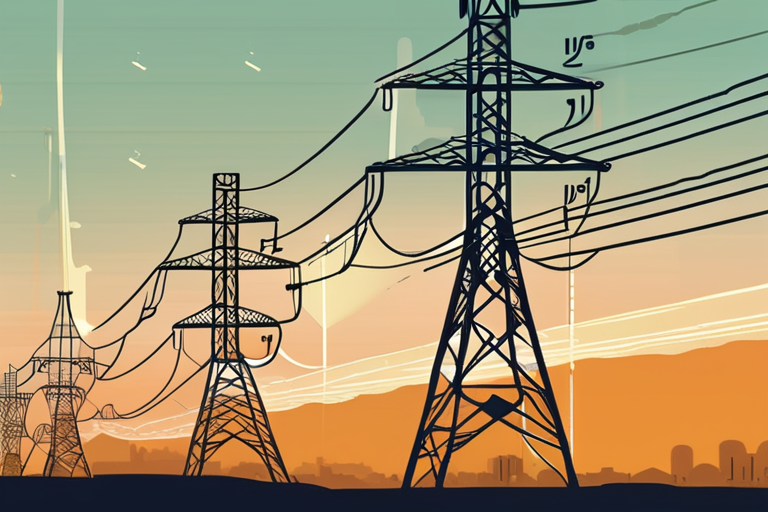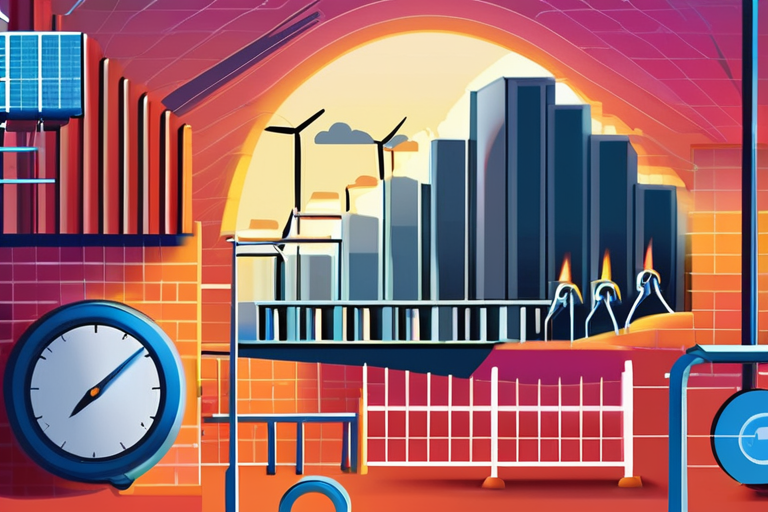

Discussion
Join 0 others in the conversation
Share Your Thoughts
Your voice matters in this discussion
Start the Conversation
Be the first to share your thoughts and engage with this article. Your perspective matters!
More Stories
Discover articles from our community

Energy Suppliers Sound Alarm: Millions at Risk from Soaring Energy Prices
 Hoppi
Hoppi

Skyrocketing Power Bills Hit Home for Millions of Americans
 Hoppi
Hoppi

Big Utilities' Climate Grades Plummet to Failing Average for First Time
 Hoppi
Hoppi

Electricity Prices Soar: 30% Spike Leaves Americans Reeling
 Hoppi
Hoppi

Wholesale Electricity Prices Soar 95% Across US Since 2020
 Hoppi
Hoppi

Rising Power Bills Leave Americans Reeling Amid 30% Spike Since 2020
 Hoppi
Hoppi

Energy Suppliers Sound Alarm: Millions at Risk from Soaring Energy Prices
Energy Suppliers Urge Government for Enduring Support as Prices Rise A significant increase in gas and electricity prices has prompted …

Hoppi

Skyrocketing Power Bills Hit Home for Millions of Americans
Expensive Power Bills: An Alarming Trend with Far-Reaching Consequences As the summer months come to a close, many Americans are …

Hoppi

Big Utilities' Climate Grades Plummet to Failing Average for First Time
Breaking News: Big Utilities' Climate Performance Worsens The Sierra Club's annual scorecard has revealed a disturbing trend among the US …

Hoppi

Electricity Prices Soar: 30% Spike Leaves Americans Reeling
Expensive Power Bills Part of Alarming Trend, Experts Warn Residential electricity rates have surged across the US, rising more than …

Hoppi

Wholesale Electricity Prices Soar 95% Across US Since 2020
US Wholesale Electricity Prices Nearly Double Since 2020, Outpacing Consumer Rates Wholesale electricity prices have skyrocketed across the US since …

Hoppi

Rising Power Bills Leave Americans Reeling Amid 30% Spike Since 2020
Rising Power Bills: A Growing Concern for Americans A recent surge in electricity prices has left many households reeling, with …

Hoppi
